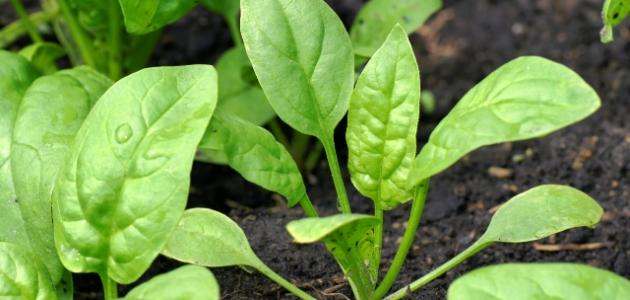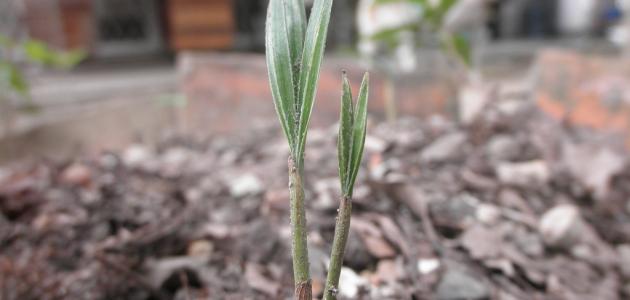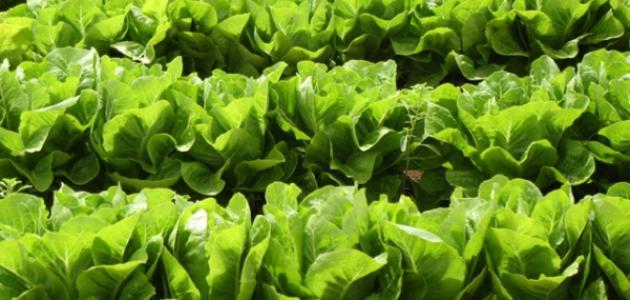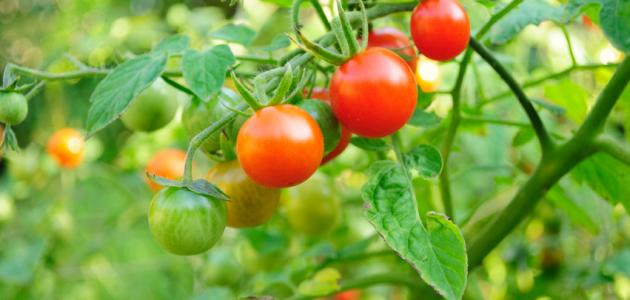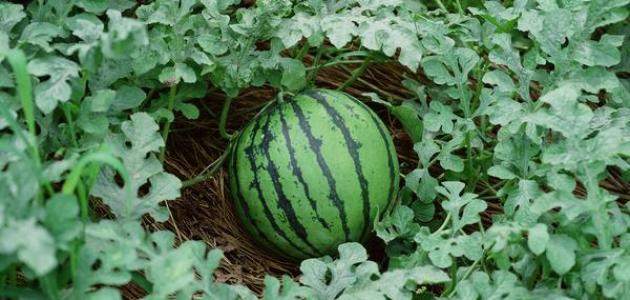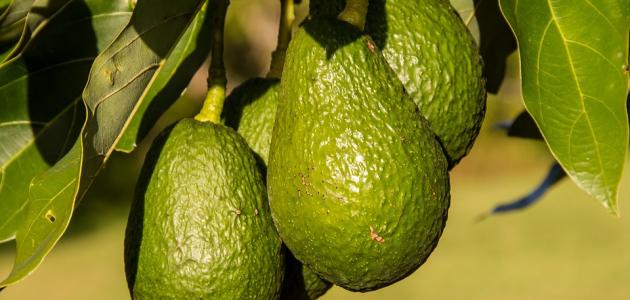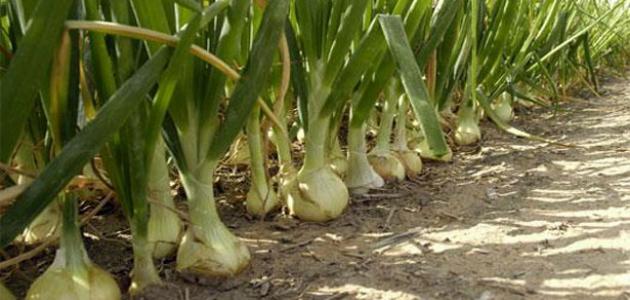Spinach
Spinach (scientific name: Spinacia) is a leafy vegetable. It is an annual plant belonging to the Amaranth family. It reaches a length of 30 centimeters. It has simple leaves that range in shape from triangular to oval. They are dark green in color and vary greatly in size. Its length ranges between 2-30 centimeters, and the leaves near the base are long, while the leaves near the top of the stem are small. Spinach leaves - especially fresh ones - contain many beneficial nutrients for the body such as minerals, vitamins, and fiber.
How to grow spinach
Spinach can be grown using seeds, or seedlings purchased from nurseries, but it is preferable to use seeds, due to the difficulty of transferring the seedlings to the soil, and the possibility of their roots being damaged during transportation. To grow spinach using seeds, the following steps can be followed:
- Buy new spinach seeds, and avoid planting old ones.
- Plant the seeds in the soil at a depth of 1 cm, leaving a distance of 5 cm between the seeds, and a distance of 20 cm between one row and another, so that the seeds have enough space to grow freely.
- Cover the seeds well with soil, make sure they are not exposed to the air, avoid placing soil on top of the seeds, and just pat them lightly.
- Cover the soil with a little biological cover, such as straw, hay, plant leaves, or grass, to prevent harmful weeds from growing.
- Irrigate the soil using a hose in the form of a light spray, because spraying water forcefully may cause the seeds to move from their places. If the area has a very hot climate, the soil must be irrigated twice a day. Cold beds (in English: Gold Frames) can also be used to keep the soil cool. During hot summer days.
- Monitor the seedlings as they grow, and get rid of some seedlings if the area is crowded so that the distance between the seedlings is far apart (it is preferable that the leaves of the seedlings do not touch).
- Water the seedlings once or twice a week and keep the soil moist without being submerged in water.
- Use shade cloth to cover plants if the air temperature rises to 26 degrees Celsius to lower the soil temperature and cool the plants.
- Fertilize the soil when you notice a decrease in the growth rate of spinach.
- Harvest spinach when the leaves become appropriate in size, which often happens six to seven weeks after the date of planting the seeds. The entire plant can be uprooted from the soil, but it is preferable to cut the outer leaves and allow the inner leaves to continue growing.
Suitable conditions for spinach growth
The following are the most important conditions that must be provided for the spinach plant to grow successfully:
Read also:How to grow pumpkins- the heat: Spinach prefers to grow at a temperature ranging from 1 to 23 degrees Celsius, and to be exposed to the sun.
- the soil: Spinach needs well-drained soil with a neutral pH, meaning between 6.5-7. Limestone can be added to the soil two or three months before planting to control its pH.
- Fertilization: Spinach prefers soil rich in nitrogen, so it can be provided with organic fertilizers such as manure, soybean fertilizer, alfalfa, cottonwood, and dried blood.
Nutritional composition of spinach
The following table shows the nutritional composition per 100 grams of spinach leaves:
| Nutrient | القيمة |
|---|---|
| water | 91.4 g |
| energy | 23 kcal |
| Protein | 2.86 grams |
| Fats | 0.39 g |
| Carbohydrates | 3.63 g |
| Dietary fiber | 2.2 g |
| Sugars | 0.42 g |
| Calcium | 99 mg |
| Iron | 2.71 mg |
| magnesium | 79 mg |
| phosphorous | 49 mg |
| potassium | 558 mg |
| Sodium | 79 mg |
| Zinc | 0.53 mg |
| Vitamin C | 28.1 mg |
| Thiamine (Vitamin B1) | 0.078 mg |
| Riboflavin (Vitamin B2) | 0.189 mg |
| Niacin (Vitamin B3) | 0.724 mg |
| Vitamin B6 | 0.195 mg |
| Folic acid | 194 micrograms |
| Vitamin B12 | 0 mcg |
| Vitamin A | 9377 international units or 469 micrograms |
| Vitamin D | 0 international units |
| Saturated fatty acids | 0.063 g |
| Trans or unsaturated fatty acids | 0 g |
| cholesterol | 0 mg |
Nutritional benefits of spinach
Spinach is a leafy vegetable rich in beneficial nutrients for the body. Eating spinach has been associated with many benefits, including:
Read also:How to grow red cherries- It contains antioxidants that reduce the risk of oxidative stress, which accelerates the appearance of aging symptoms and increases the risk of cancer and diabetes.
- It contains zeaxanthin and lutein, which are two pigments that help protect the eye from sunlight, and protect against some diseases that cause blindness, such as cataracts and macular degeneration.
- It contains MGDG and SQDG, which are two compounds that help slow the growth of cervical tumors. Eating spinach also reduces the risk of breast cancer and prostate cancer.
- Spinach contains high amounts of nitrates, which help control blood pressure and protect against heart disease.
- It contains vitamin C, which promotes healthy skin and the immune system.
- It contains vitamin K, which is necessary for blood clotting.
- It contains folic acid (vitamin B9), which is necessary for the growth of body tissues and fetal tissues, so it is very important for pregnant women.
- It contains a high percentage of iron, which is necessary to build hemoglobin, which transports oxygen to the body's tissues.
- It contains calcium necessary for healthy bones, muscles, nervous system, and heart.
Negative effects of spinach
Despite the many benefits of spinach, it should be avoided in the following cases:
Read also:How to grow mushrooms- Kidney stones: Spinach contains a high percentage of calcium and oxalates that can accumulate to form kidney stones, so people at risk of developing kidney stones are advised to avoid eating spinach.
- Blood clotting: Spinach contains very high amounts of vitamin K1, which is necessary for blood clotting, so patients who take anticoagulants such as warfarin are advised to avoid eating spinach.
